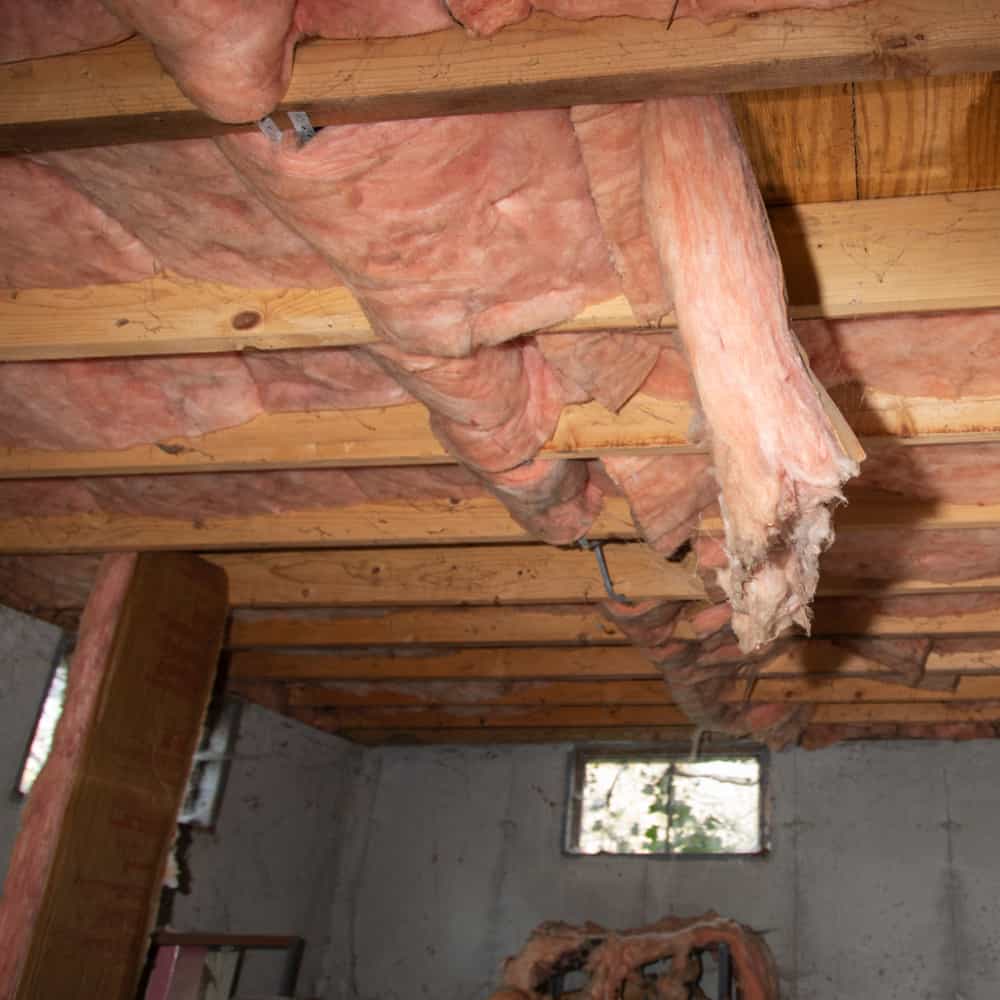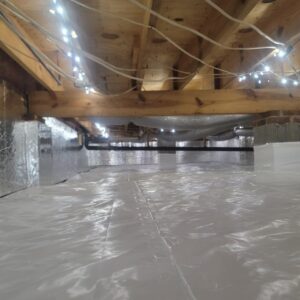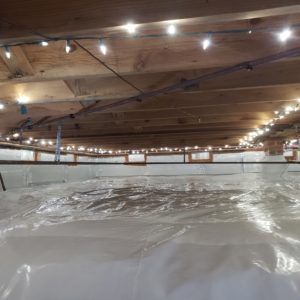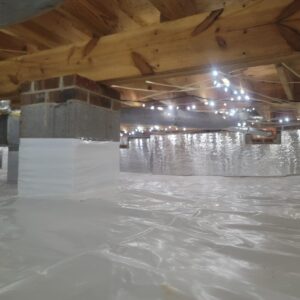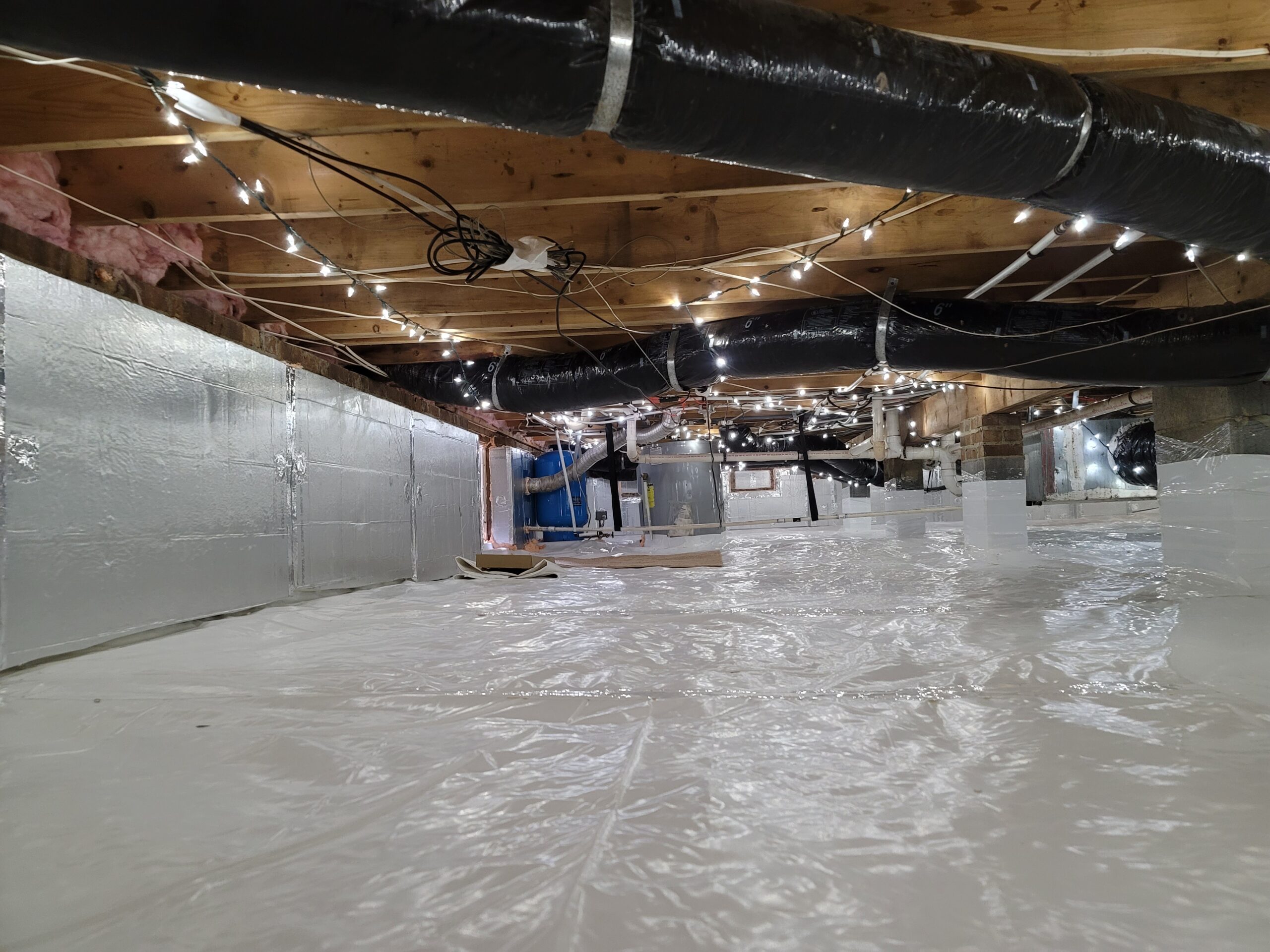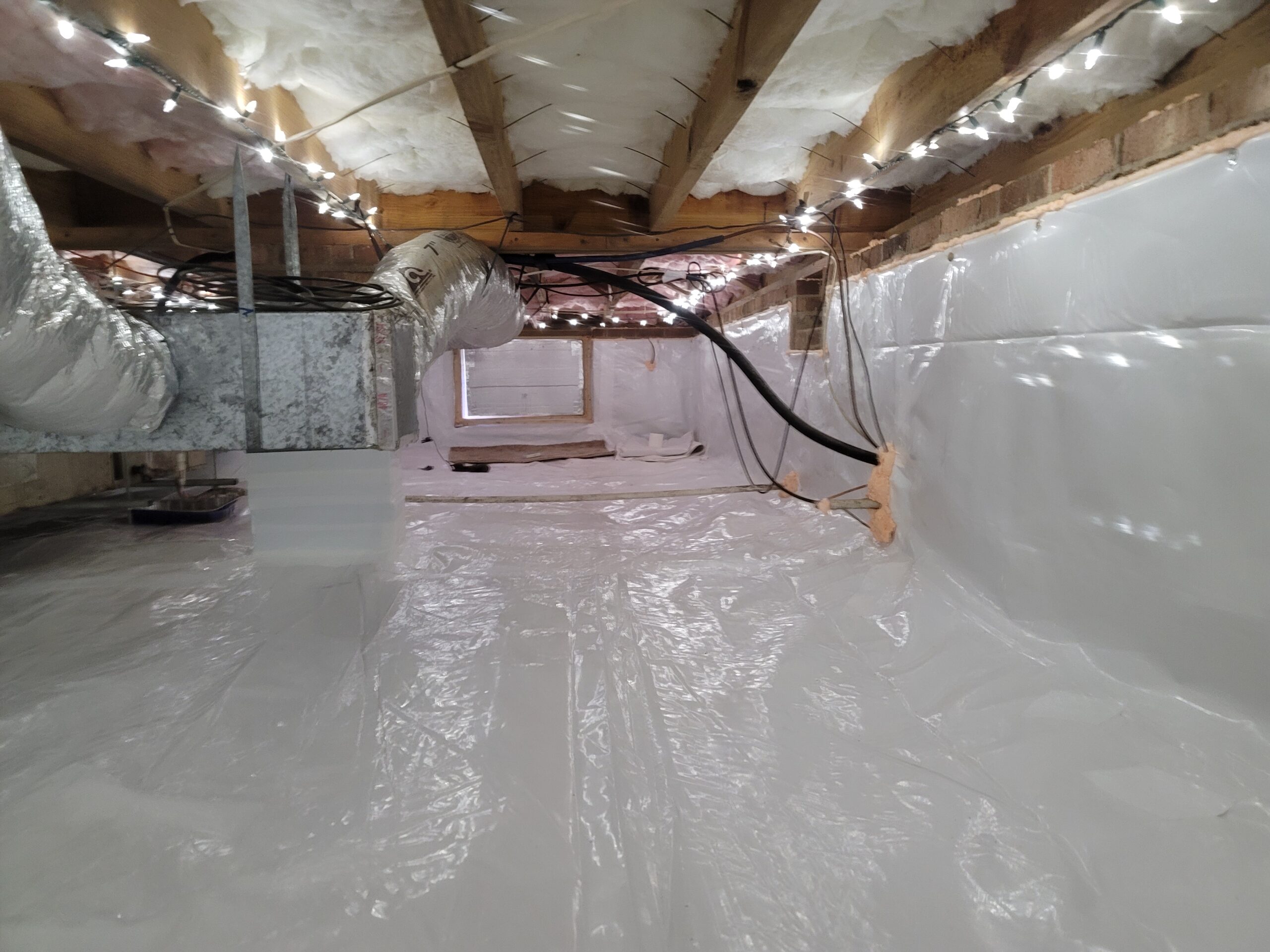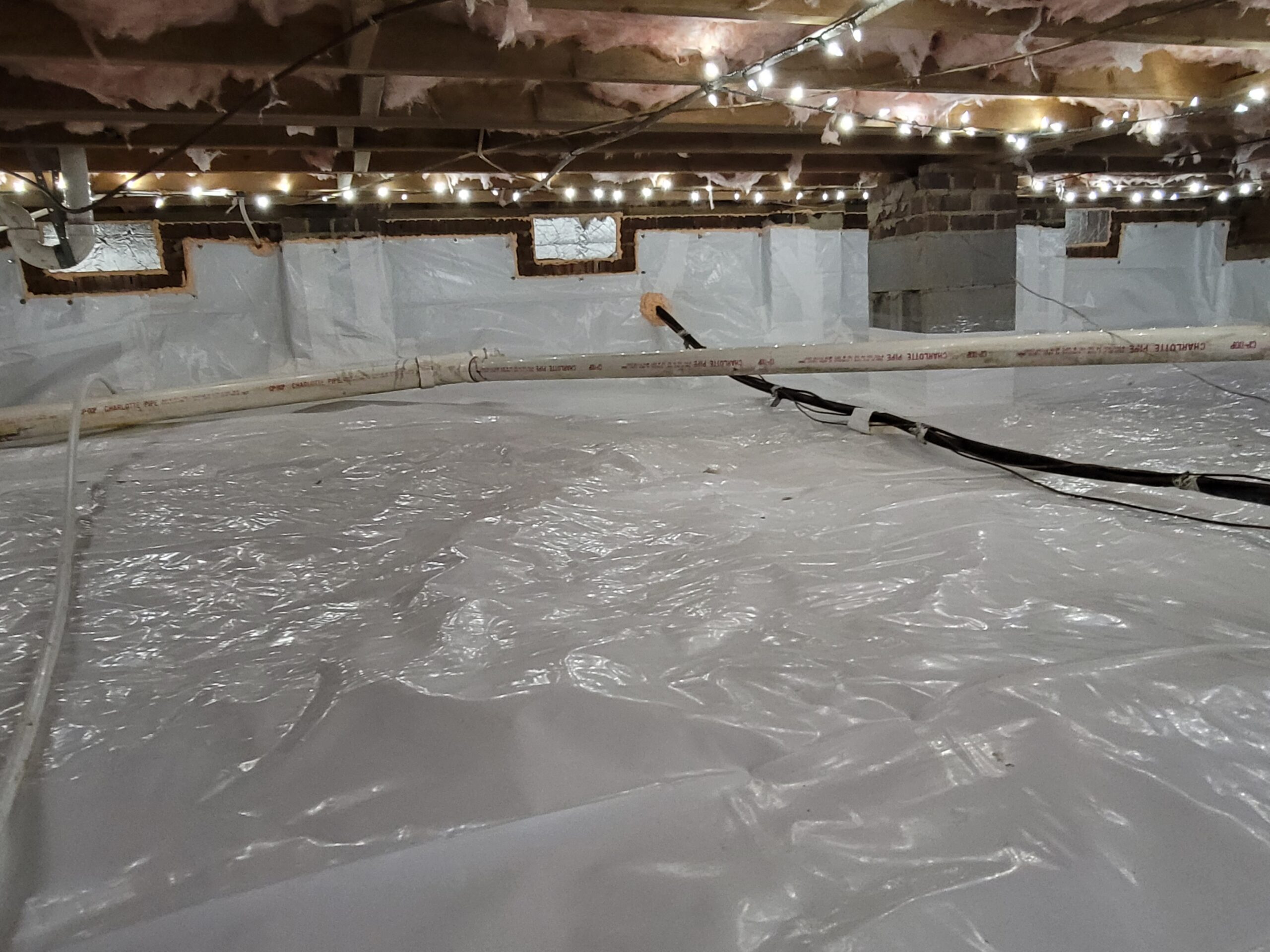This is another type of insulation material that works wonderfully as insulation. When sprayed, the foam insulation expands almost 100 times and fills in all the spots in order to prevent the flow of air. Made from petroleum products, the spray foam is more durable than fiberglass.
Contrary to fiberglass, spray foam insulation is environment-friendly. Since it does not absorb water or particles, it prevents the growth of mold and mildew as well as pests. Thanks to its sealing properties, airflow through the material is nil and thus, the temperature is always maintained in the house.
Even though foam insulation does not cause respiratory issues like fiberglass insulation, the odor after applying the material can be overpowering for some. Unlike the traditional approaches to crawl spaces, spray foam insulation is more elaborate and expensive. It requires the knowledge or supervision of an expert and cannot be done as a home project.



